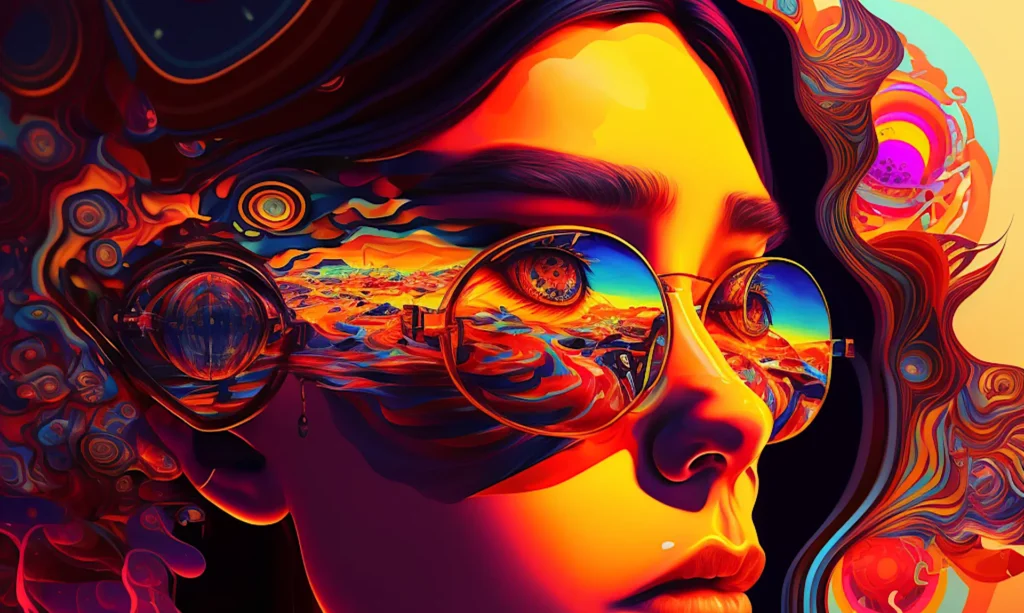
The Afterglow: In Your Mind’s Eye
HEMPEARTH – Two of the predominant afterglow effects experienced by journeyers include a sense of interconnectedness with other humans and our planet, as well as overall mood enhancements. In a large majority of psychedelic journeys, typically through the use of serotonergic substances like psilocybin mushrooms, trip-goers report a sense of oneness with all beings and with our earth.
When actively in the experience, these substances disillusion us from identifying solely as an individual. They allow our egos and personas to take a back seat, letting us relish in the true nature of our existence—conscious awareness.
It’s here when many come to the realization that behind our perceived identity lies an eternal silence, the ‘listener’ in your head. In absence of mental thought, we sit still in this conscious awareness—the fabric of sentience that hosts our ‘identity’.
By inwardly guiding us into a state of deep meditation, these medicines detach us from the experiences, memories, and beliefs that shape a sense of self. Thus, upon return from a psychedelic experience, journeyers find conscious awareness to be the common ground and source of all human and sentient life.
This enacts a psychological openness that promotes mood enhancements of empathy, social connectedness, and unity. Of course, exercising such an all-encompassing perspective on life will inevitably further perpetuate feelings of existential satisfaction, acceptance, peace, and overall happiness.
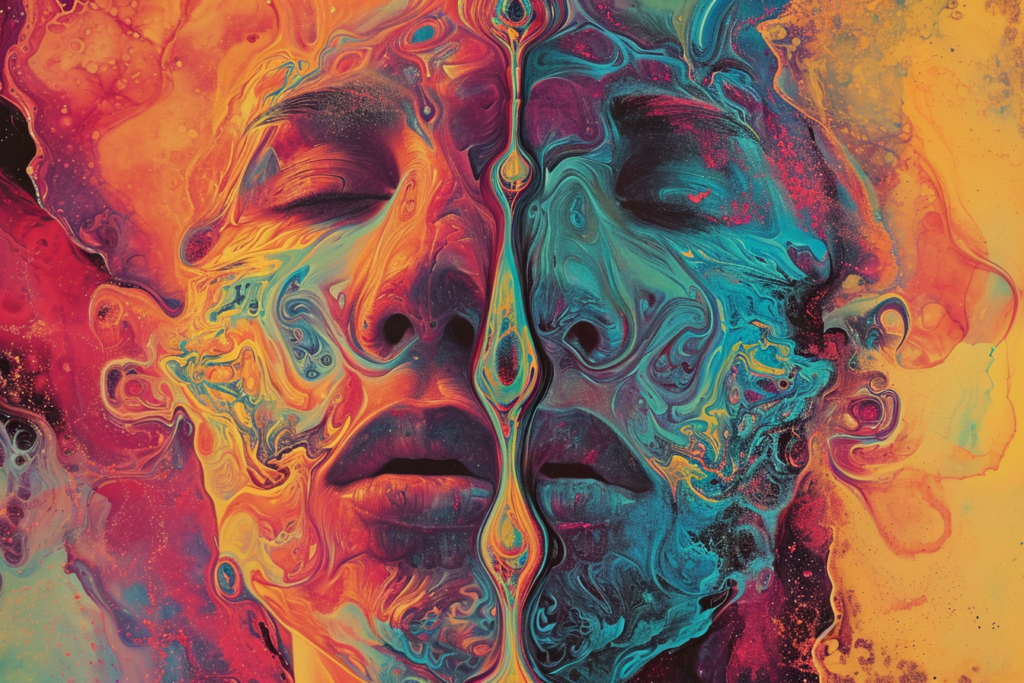
Physically though, psychedelic-induced ‘afterglows’ can affect our ocular perspectives. Post-trip, many experience heightened senses of taste, smell, sight, and even hearing. You may notice amplified flavor notes in food.
Your sense of smell may be so magnified that your typically-stale and unmemorable stroll to the local corner store might suddenly become a sensory adventure of intense optical savor and refined aromatic immersion through lush colors, floral fragrances, and perhaps savory-sweetness of that small bakery down the street.
The afterglow phenomenon is essentially the remnant neural effect of psychedelic medicines. These lingering perceptual subjectivities don’t impair or incapacitate our physical competence, rather they accentuate the natural beauty and rawness of our inner and outer worlds.
It’s almost like seeing the world through a fresh pair of eyes, regressing us into the same curiosity and awe that inspired and meaningfully augmented life during our childhood. Afterglows produce a deeper appreciation for the environmental nuances of our everyday lives, but in a complete state of sobriety and physical/mental control.
Scientific Research on The Afterglow
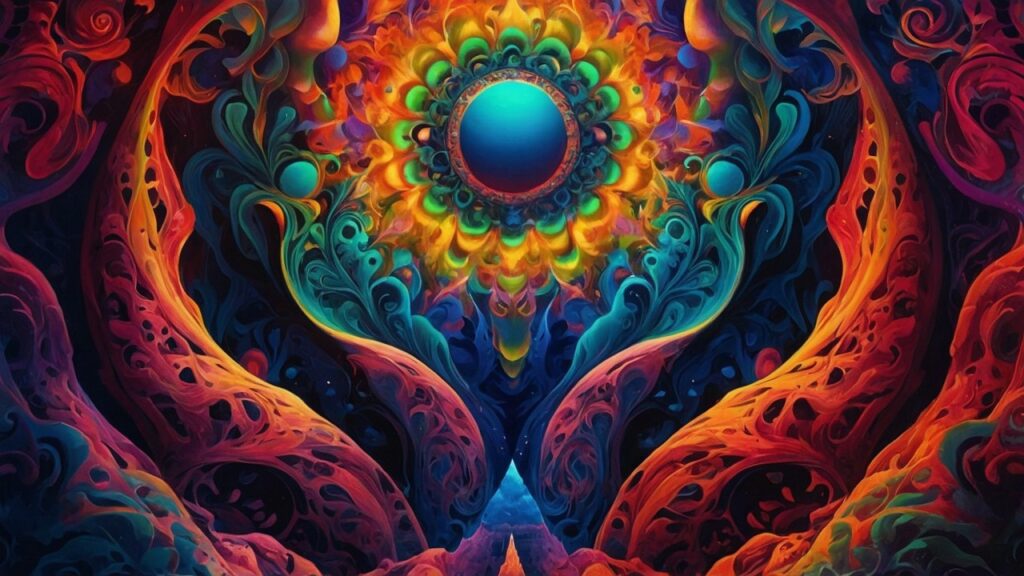
In the days following your psychedelic journey, you might notice a persistence of the perceptual augmentations we mentioned above. As clinical trials continue to develop, researchers are noticing the presence of afterglow effects in their participants.
This has led several institutions to conduct their own studies on the underpinnings of these prolonged inner events. Perhaps most notably, from Yale University conducted a series of field studies in 2020, on the mood-enhancements and feelings of social connectedness that persist after psychedelic use.
Using the experiential statistics of 1,200 participants from the United Kingdom and the United States, researchers concluded that these social and mood enrichments were highly correlated to psychedelic use and were most pronounced in the participants who’d journeyed within the last 24 hours, compared to those who’d journeyed in within the past 7 days.
This supports the findings of other studies who’ve concluded that after only one dose of psilocybin, symptoms of treatment resistant depression were significantly reduced for at least 3 months following psychedelic use.
Even studies conducted on healthy volunteers have demonstrated that serotonergic psychedelics meaningfully attenuate the psychological impacts of processing negative stimuli.
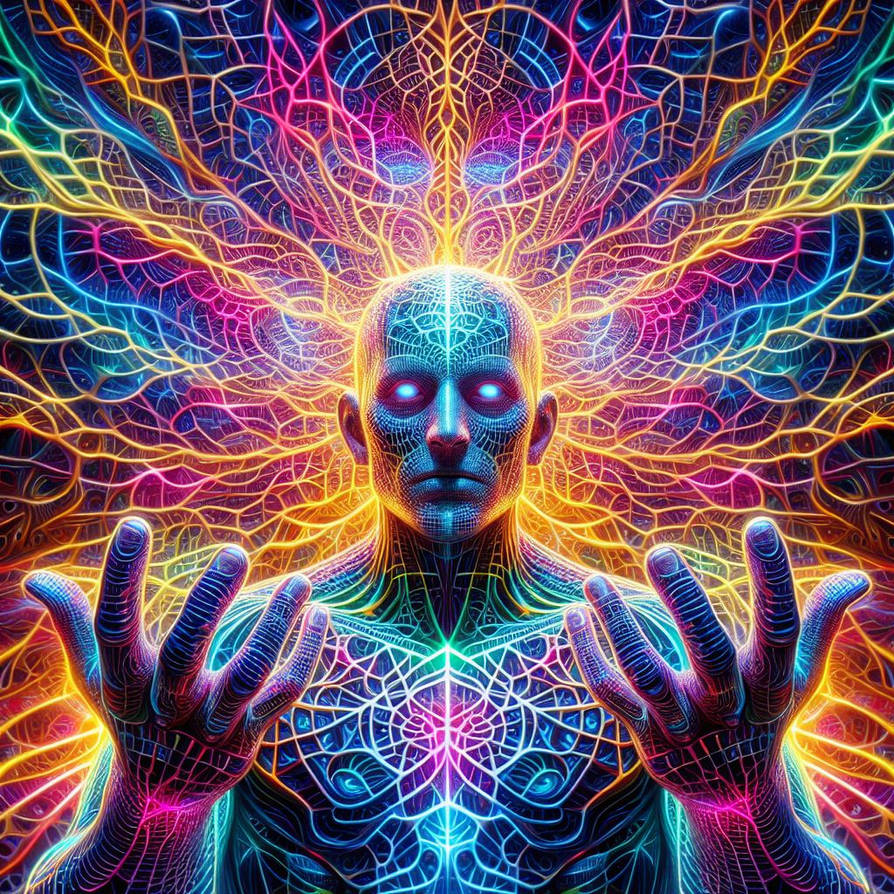
The Afterglow: In The Brain
So what’s going on in our brain during this afterglow experience? Well friends, we’ve actually written an entire head to toe guide on the physiological effects of psychedelics, during and after a trip.
Briefly though, this amplified sensory activity deemed as an ‘afterglow’ is likely caused by the substance’s serotonergic effects and stimulation of neural plasticity. Studies have shown that serotonergic psychedelics like LSD (lysergic acid diethylamide), psilocybin mushrooms, DMT (N,N-dimethyltryptamine), ibogaine, and ketamine, increase and strengthen neural communication.
The molecular structure of these compounds allows them to mimic serotonin (5-HT) in the brain, and thus activate 5-HT2A (serotonin) receptors. Since serotonin mediates feelings of satisfaction and happiness, it’s evident why positive mood enhancements are so widely reported.
Studies also show that serotonin levels are correlated with harm-avoidant behaviors. This helps us understand why measures of psychological openness usually demonstrate stark increases in clinical studies. Openness is key for experiencing the feelings of oneness and interconnectedness frequently associated with psychedelic trips.
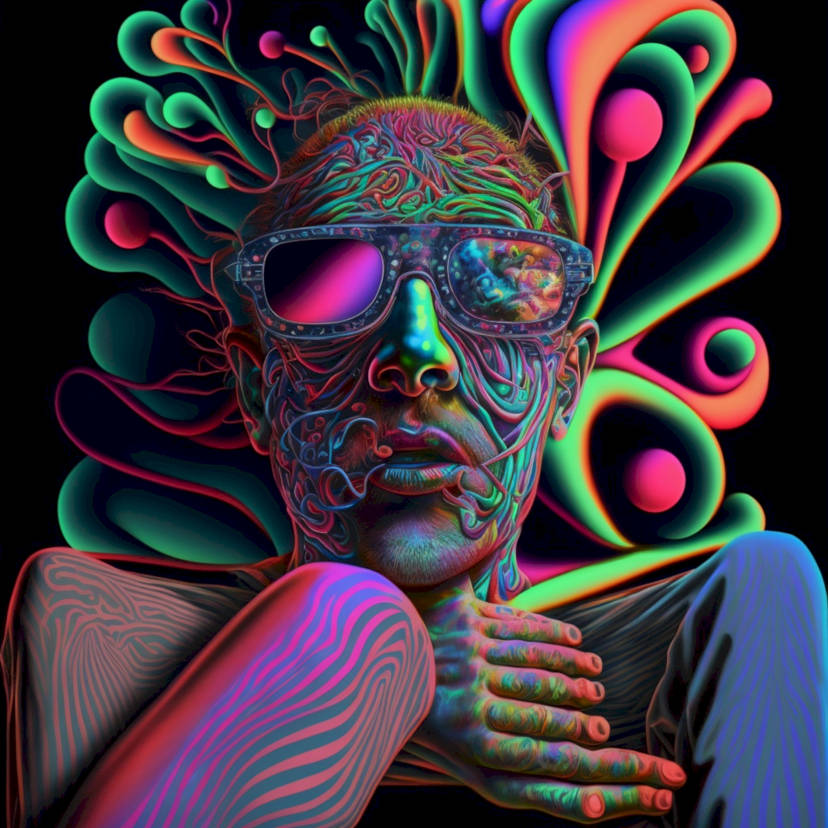
So how do these increases in serotonin during a journey impact our perceptions outside of one? Well after we trip or after our microdosing regimen has come to an end, our brains have all of these new serotonin receptors, but don’t have sufficient serotonin to activate them.
So they compensate by producing those same high levels of serotonin, which of course foster continued feel-good sensations of interconnectedness and overall contentment. In essence, psychedelics equip the body with blueprint-like tools that let our brains continue to restore its own function, independently.
Whereas reuptake inhibitors like SSRIs, can only encourage increased serotonin circulation when the medication is in your system. The brain cannot block reuptake on its own, which is why after ceasing use of SSRIs, our bodies experience discontinuation symptoms of brain zaps, migraines, nausea, insomnia, anxiety, irritability, and mood swings.
Neural plasticity of our signaling pathways is also one of the mechanisms by which psychedelics promote these continued feelings of empathy and human communion. Psychedelics physically extend the dendritic spines of our cells through a process called spinogenesis.
They also increase the growth of neurites through neuritogenesis. These processes essentially allow the ‘limbs’ of our neurons to extend further and thus create more points of neuronal contact to strengthen and enlarge signaling pathways for amplified brain-to-brain communication.
One dose of psilocybin can produce a 10% increase in not just the length of neuronal connections, but also the number of connections.
This amplified communication bolsters overall cerebral function, but most pressingly, it establishes new memory domains which serve to engrain and reinforce the positive experience of interconnection brought on by psychedelic use. Effectively fortifying new long-term behavioral patterns, but also likely lending to the mood and social enhancements of psychedelic-induced afterglows.
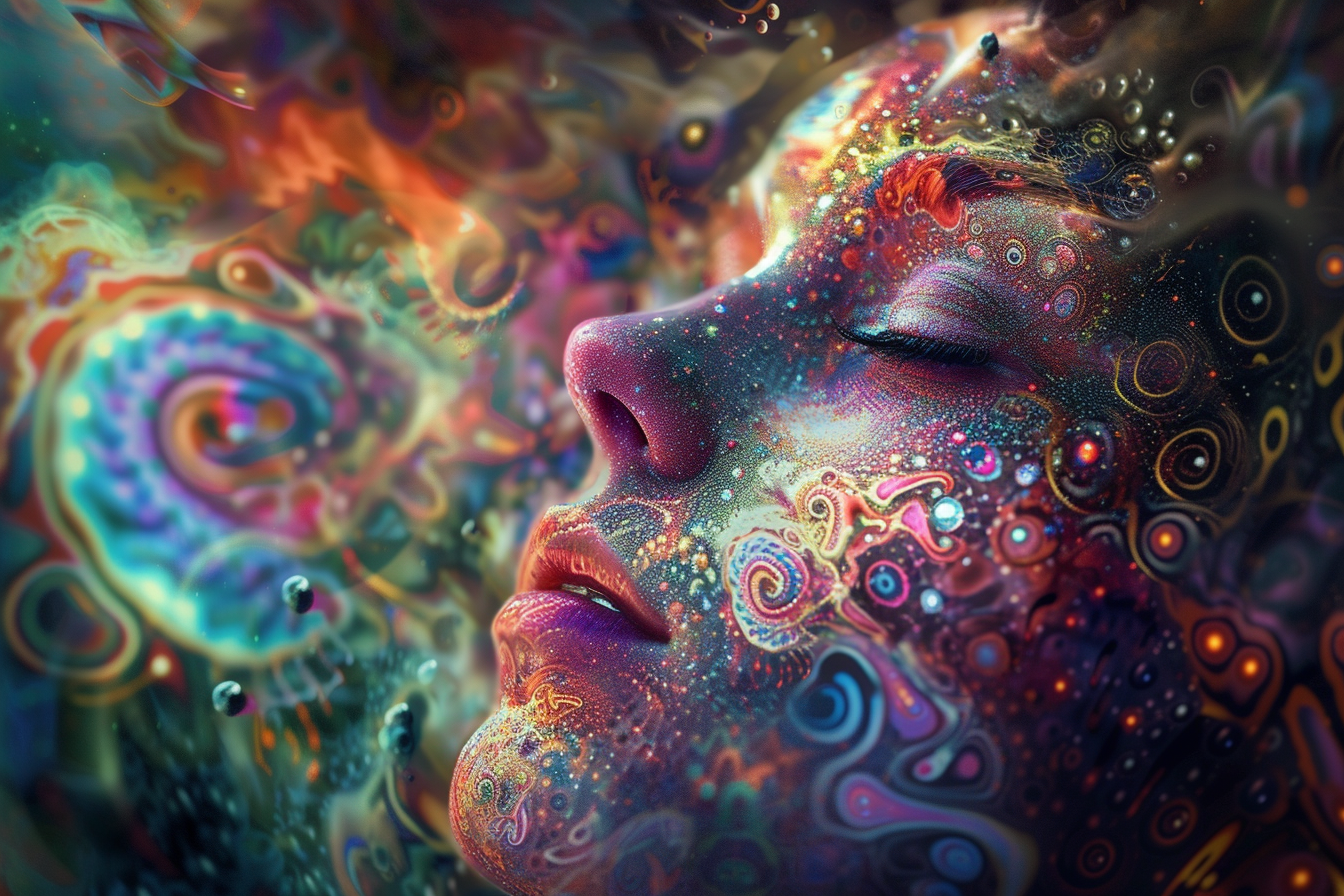
Closing Thoughts
The afterglow phenomena is a positive, highly reported sub-product of psychedelic use. While its effects are not everlasting, they do service a healthy and fluid transition back into our day-to-day mental matrices. Psychedelics have an almost primordial intelligence that somehow, someway, never fails to nourish our souls with exactly what is needed.





